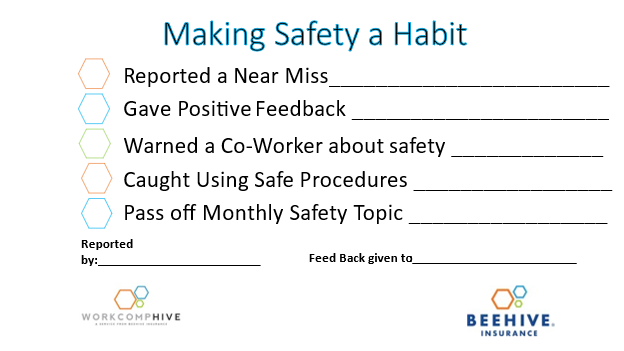In an article published in the Harvard Business Review, Roseabeth Moss Kanter made the statement, “The key to motivation doesn’t depend on elaborate incentive schemes. A good work environment is getting better at stuff and mastering a task.”
Rosabeth defined a hierarchy of motivation at work which consists of four M’s. Compare the four M’s to Abraham Maslow’s Hierarchy of Needs to better understand the performance and motivation of individual employees.

Meaning: Employees driven by meaning are highly engaged and driven by a purpose to positively impact the world and realize their inner potential.
Mastery: Employees are driven by their ability to shape their future, master a task, and find pride in learning.
Membership: Being a part of a community is second on the hierarchy of work motivation. This form of motivation can drive performance even for those who do not like their work.
Money: Money is the lowest form of motivation at work. It is compared to caffeine as a short-term motivator but does not last for sustained motivation and performance.
Thanks to studies from individuals like Rosabeth Moss Kanter, author Bill Simms of “Green Beans and Ice Cream,” and Michael Stack from Amaxx, LLC, we have learned that the best motivators for employee engagement and a safer work environment have more to do with positive reinforcement and a feeling of belonging than any other type of motivator.
We have also found that the sooner positive reinforcement follows the desired behavior, the better. When this happens, employees are far more likely to continue the desired behavior, and it has a much greater potential for them to feel that they are part of a team.
With clients already using a rewards system for positive behavior, just a few simple adjustments to their reward system can make all the difference. If you already have a system for reporting near misses, making a few slight adjustments can increase your desired outcome of safe behavior, employee engagement, and a sense of belonging from your team.
Consider changing your suggestion card or near-miss card to follow something like the outline below and follow up with positive reinforcement as quickly as possible.

When employees give each other positive feedback, the sense of belonging will immediately grow. When team members feel safe giving feedback about a co-worker’s unsafe work behaviors, your safety culture as a company will improve immediately; the flip side is a co-worker complimenting another team member for using safe work behaviors adds tremendously to a safe work culture.
Giving positive feedback starts at the top. It all begins with you as an owner, manager, or team leader. Learning to give honest, positive feedback will impact every part of your company, the engagement of your employees, safety in the workplace, and your overall enjoyment at work.


